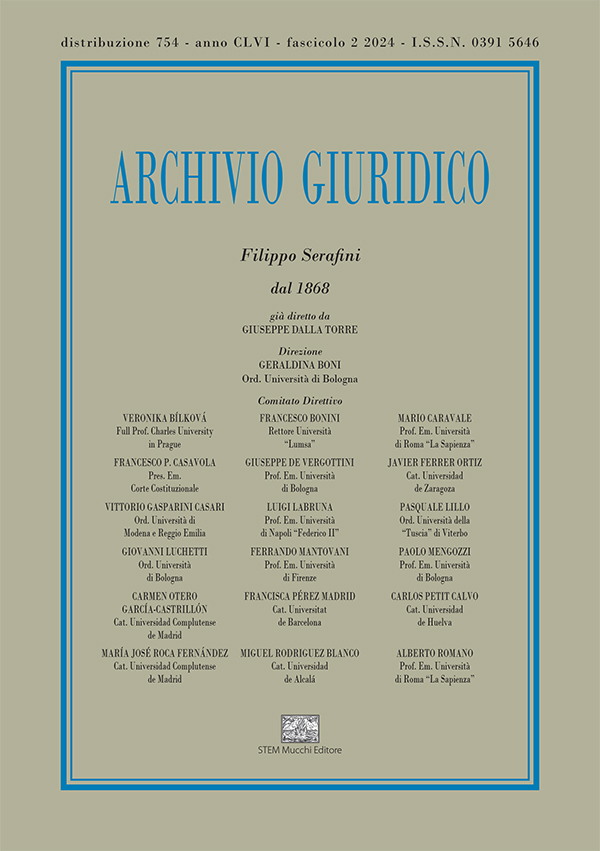Su Italgiureweb, la banca dati della Corte di cassazione, sono riportati attualmente quasi 22 mila provvedimenti della Corte costituzionale: il termine «persona» ricorre in quasi 6 mila provvedimenti, e, corredato dall’aggettivo «umana», ricorre in quasi 800 provvedimenti.
Nonostante l’ampio uso del termine e l’importante elaborazione fin qui svolta, in nessun provvedimento si desume chi sia la persona umana.
Si tratta di capire se la categoria ‘persona’, da un lato, possa essere sottratta ad alcuni stati problematici dello sviluppo della vita umana (quali la vita umana prenatale, neonatale e postnatale, la vita umana terminale, la vita umana gravemente malformata ed handicappata) e, dall’altro, possa essere applicata a forme di vita non umane (animali o vegetali) e financo ad oggetti inanimati.
Gli sviluppi tecnologici della rivoluzione digitale, l’intelligenza artificiale e la loro crescente pervasività nella sfera antropologica condizionano l’autocomprensione dell’uomo.
L’Autore sostiene che dalla Carta costituzionale emerga una concezione forte della persona e che il sistema dei diritti e dei doveri in essa descritto costituisce un limite invalicabile per il legislatore e per l’interprete.
Parole chiave: persona umana, Costituzione, diritti individuali, doveri, ermeneutica costituzionale.
On Italgiureweb, the database of the Court of Cassation, there are currently almost 22 thousand measures of the Constitutional Court: the term ‘person’ recurs in almost 6 thousand measures, and, accompanied by the adjective ‘human’, it recurs in almost 800 measures.
Despite the extensive use of the term and the important elaboration so far, in no provision it is inferred who the human person is.
The question is whether the category ‘person’, on the one hand, can be abstracted from certain problematic states of the development of human life (such as prenatal, neonatal and postnatal human life, terminal human life, severely malformed and disabled human life) and, on the other hand, may be applied to non-human life forms (animals or plants) and even to inanimate objects.
The technological developments of the digital revolution, artificial intelligence and their increasing pervasiveness in the anthropological sphere condition human self-understanding.
The author argues that a strong conception of the person emerges from the Constitutional Charter and that the system of rights and duties described therein constitutes an insurmountable limit for the legislator and the interpreter.
Key words: human person, Constitution, individual rights, duties, constitutional hermeneutics.

